As Bernard Salt coined in a fantastic lecture a couple of years ago, the HOBO, (home office/broadcasting outlet) emerged rapidly as part of our changing needs once working from home was thrust upon us.
Our property searches have changed markedly since COVID struck, but in fact, our search criteria was experiencing significant change for the Aussie family home long before 2020. Increasing floor sizes, a reduction for children’s time spent outdoors, an increase in technology, and most importantly, greater household discretionary incomes have been leading a change in home-finder’s criteria changes. As our interest rates have dropped over the last decade, so too has the average housing interest payment as a percentage of total income. While mortgage stress is a key concern of our regulator’s now that interest rate increases are featuring in our newsfeed, it is fair to say that the credit tightening throughout 2014-2019 did improve the balance sheets for many Australian households when it came to debt reduction and the lowering of Loan to Value Ratios, (LVR). This chart below illustrates the decreasing interest repayments (in red), running counter to growing household debt.
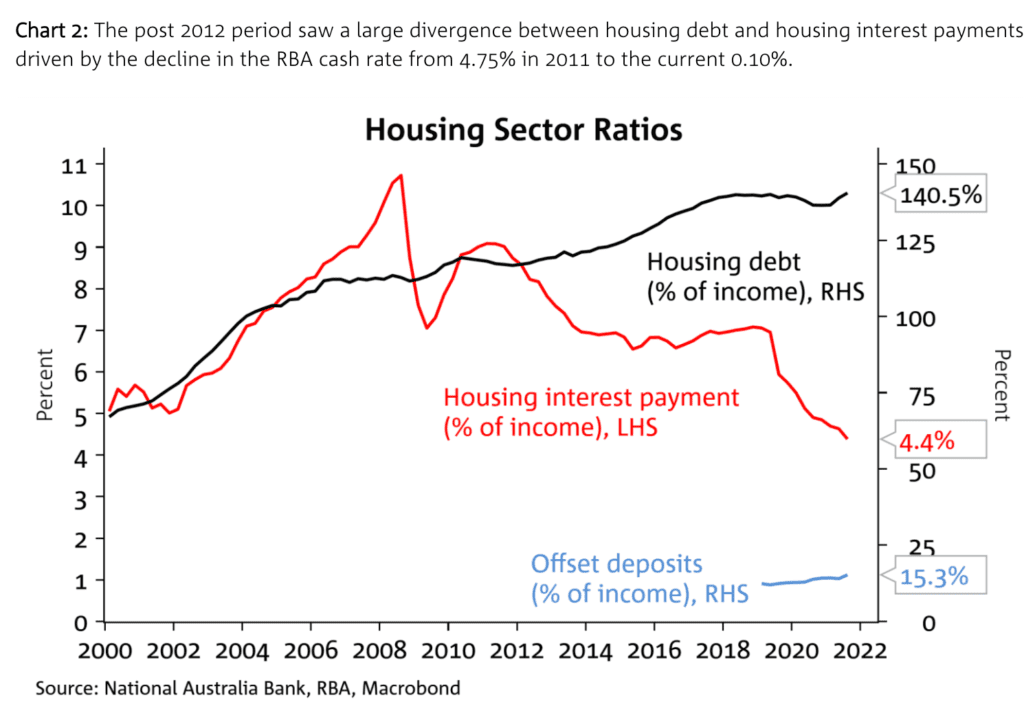
Decreases in interest repayments as a function of income spells an increase in discretionary income. Aside from holidays, luxury items and an increased expenditure in entertainment and dining, Australians in general are demanding more of their homes.
Entertaining spaces, high end fittings and fixtures, greater kitchen capacity and glorious outdoor alfresco’s are just some of the extras that have transitioned from wish-ist to must-have list.
But over the decades, the most startling of all is bedroom count relative to household member count.
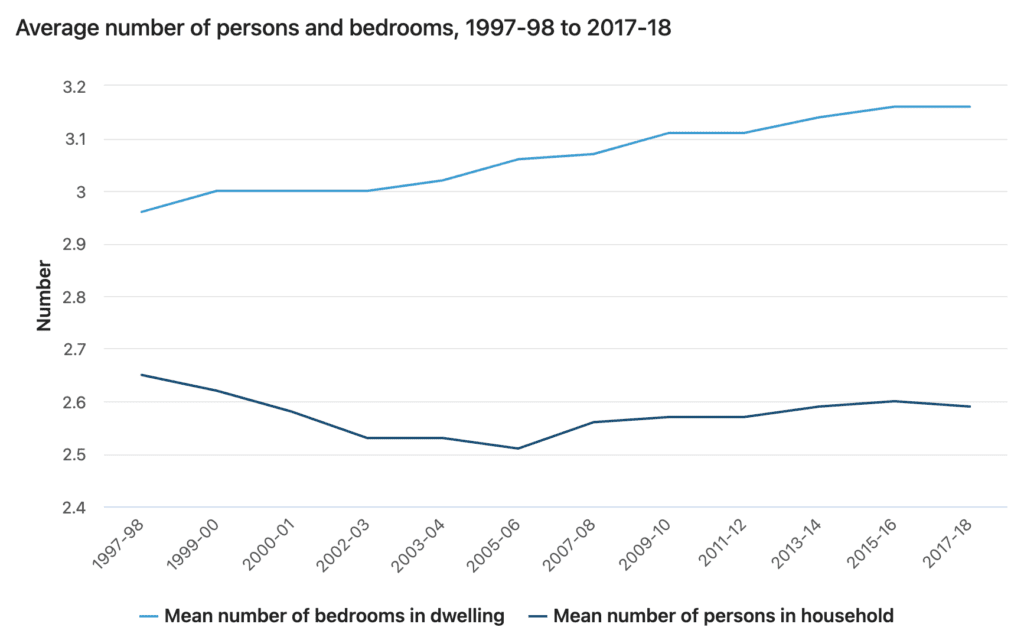
Our average household size has been in decline since 1910, and for many reasons. From birth control, to financial independence for many who chose to leave a relationship, an increase in education levels, and so on. Yet the average size of our homes has increased.
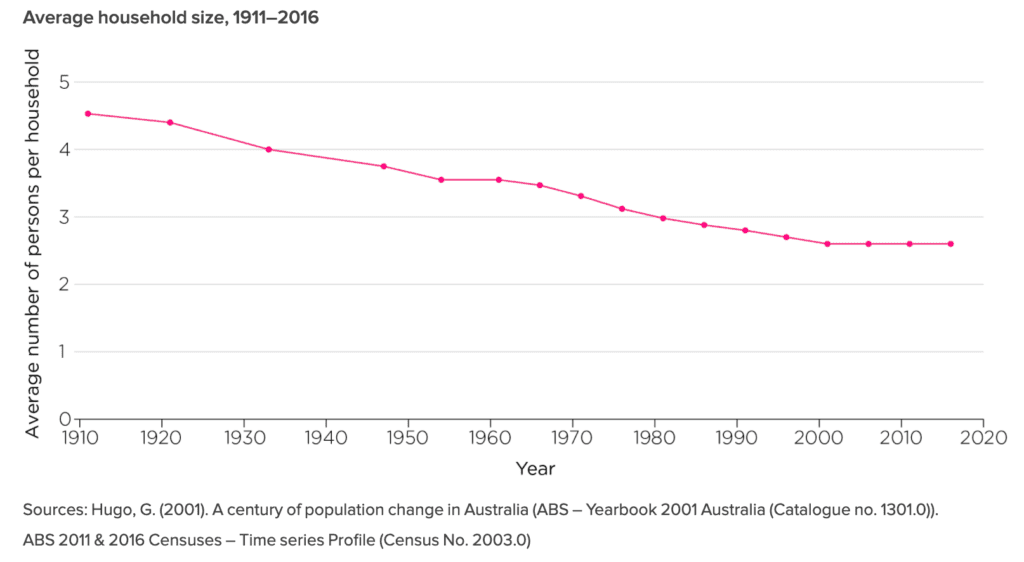
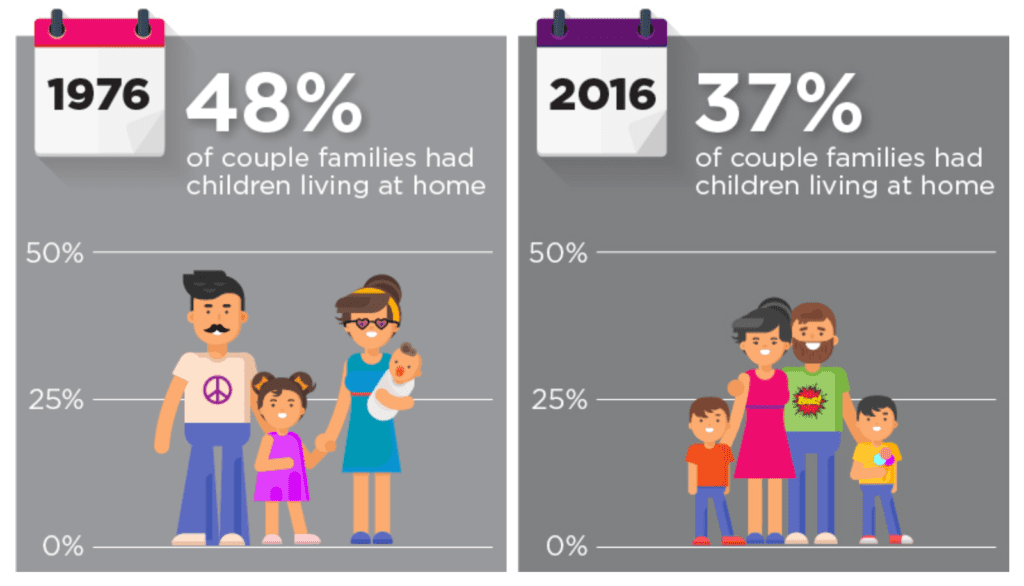
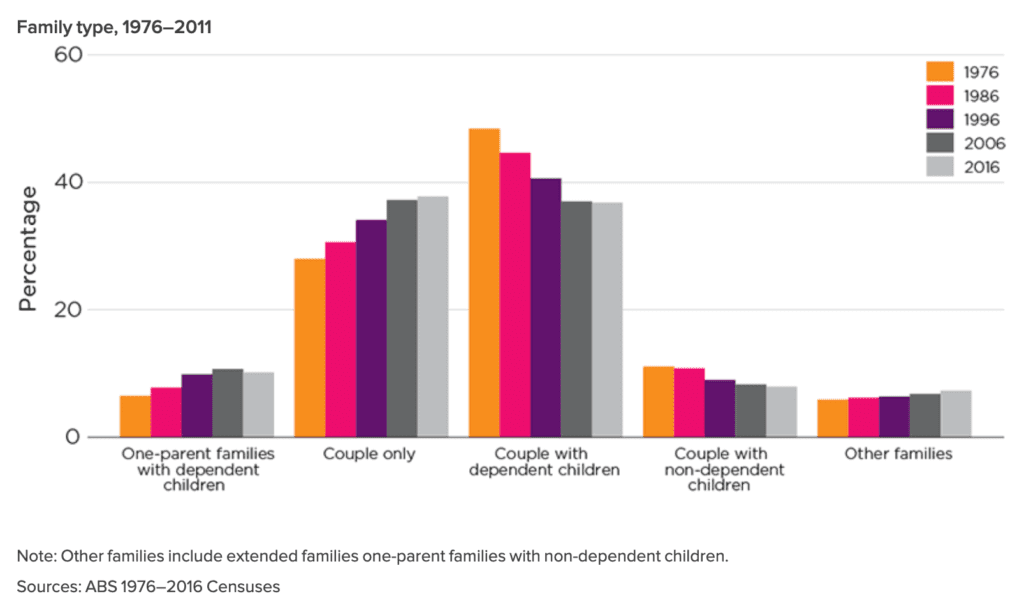
I recall one of my first real estate listings back when I was a young real estate agent in Hampton. I had the task of selling a post-war serviceman’s house for a delightful older couple who were moving into a retirement village. They had raised six children in their humble home. The house looked a lot like this one below.
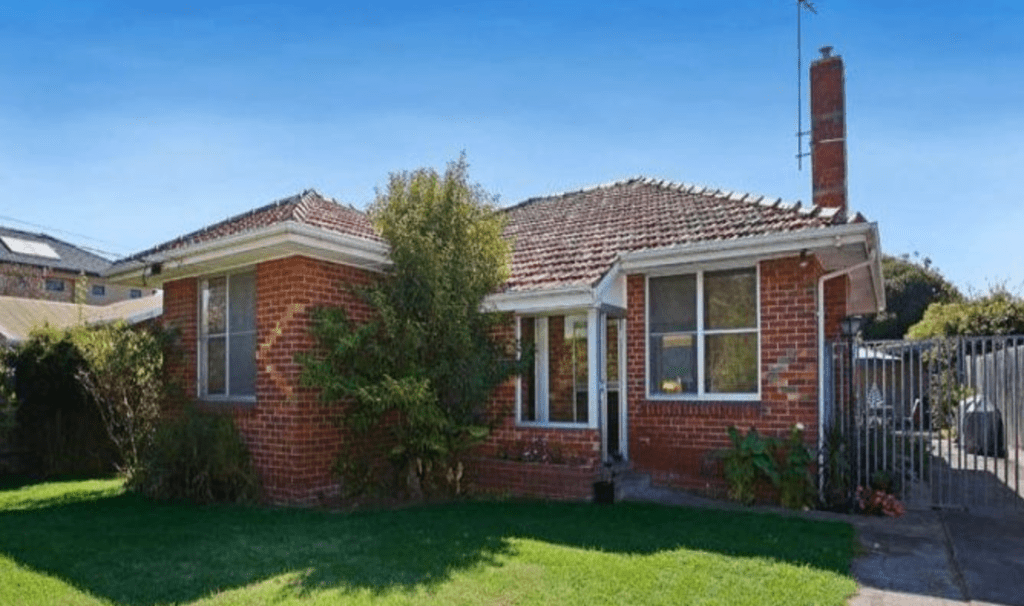
And the floor plan was much like this. They had converted the smaller of the bedrooms to a dining space, with their six seat dining setting all prepped neatly with doilies and fake flowers in a vase. They were house-proud in their happy home and they had raised a large family by today’s standards. I asked them how they accommodated their children when they were young. “Oh, the four boys in that room, in two bunk beds”, she said pointing, “…and the two girls in the other.”
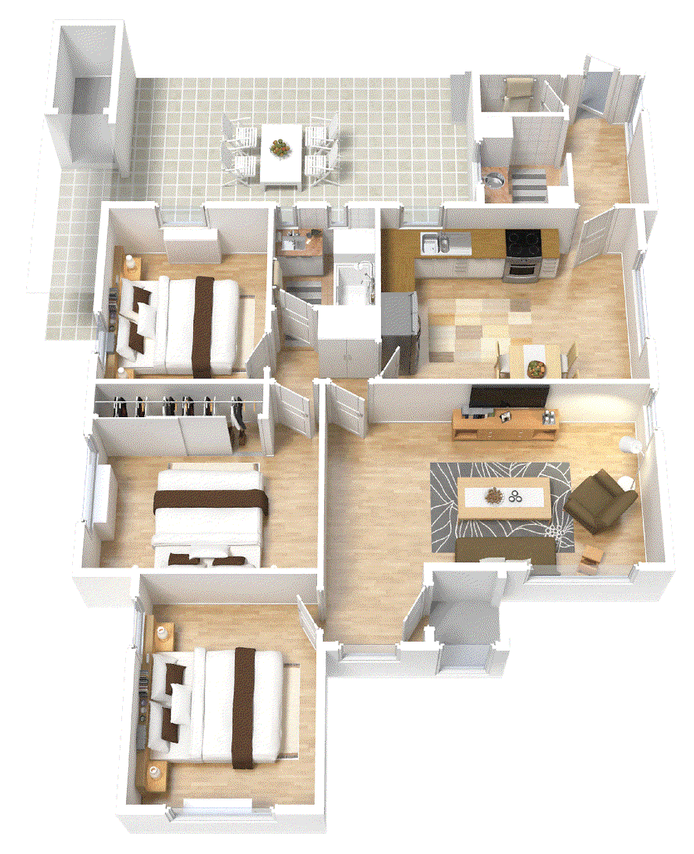
We just don’t do that these days. Buyer expect that their children get a room each. Not only a room with adequate wardrobe space and room for a big bed, but a study area too.
It is very rare for me to meet a home buyer who provisions for children to share a bedroom.
As seen in Architectural Digest, this little boy can’t live without his double bed, toy library, study desk, (with world map) and his two life-sized toy giraffes. While it’s not entirely a fair representation of how all three year olds’ live, it’s a far cry from a cot at the end of the parents’ bed and a fourth bunk bed mattress awaiting the time to transition to big-boy bed.
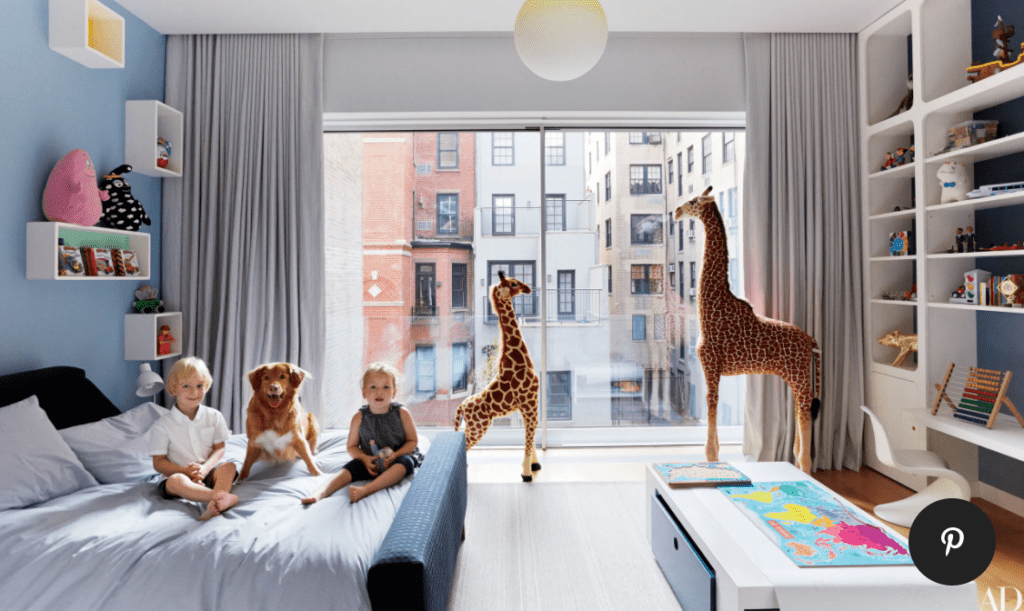
In addition to solitary-use children’s bedrooms, many home buyers, (with and without children) like to have a “spare” room to accommodate the occasional guest, and nowadays the home office is a must. For many couples who are working from home and requiring a division from the living area, (or from their partner’s/housemate’s work space), two extra studies are now appearing on the must-have list.
Our family house bedroom count has arguably moved +1 for most, and +2 for some.
Little wonder house prices have surged for larger homes during COVID. We used to classify a 4BR house search as a large family home brief. These days we are often meeting people who have a five bedroom count on their must-have list. When we consider the scarcity of such a product, it sheds light on the dramatic increase in house prices for those dwellings with 4+ bedrooms in the current, inner city market.
Bedroom count and living/kitchen quality and size is not the only marked change, however. We are also seeing a disparity between single level dwelling prices and double-storey dwellings. As our population ages, stamp duty amounts increase and development activity favours multi-level townhouses for greater profits, single level down-sizer dwellings are becoming more revered. This population chart by age from 1900 to 2020 shows a notable increase in 65+ year olds. This figure is only going to increase as our baby boomer generation grows older.
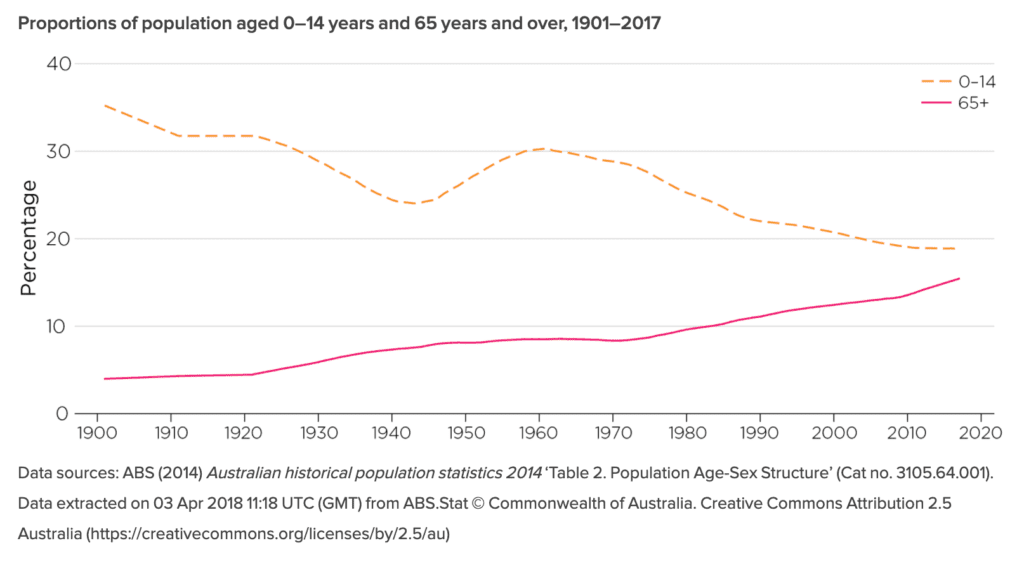
Clever floor plans these days offer either a ground floor master and ensuite, or a hybrid study/living arrangement that can be readily converted. Smaller scale lifts are now commonplace in luxury townhouse concept drawings. Generously proportioned villa units, ground floor apartments and subdivided allotments with single level dwellings are reaching higher sale prices as a result of the increasing demand of our ageing population who wish to enjoy the spoils of easy living in a high amenity location.
What will be interesting to revisit is the 2021 census statistical data for household size, household incomes and age for given areas. We anticipate the data to be released mid year.
REGISTER TO OUR NEWSLETTER
INFORMATION
CONTACT US
1A/58 ANDERSON STREET,
YARRAVILLE VIC 3013
0422 638 362
03 7000 6026
CATE@CATEBAKOS.COM.AU
